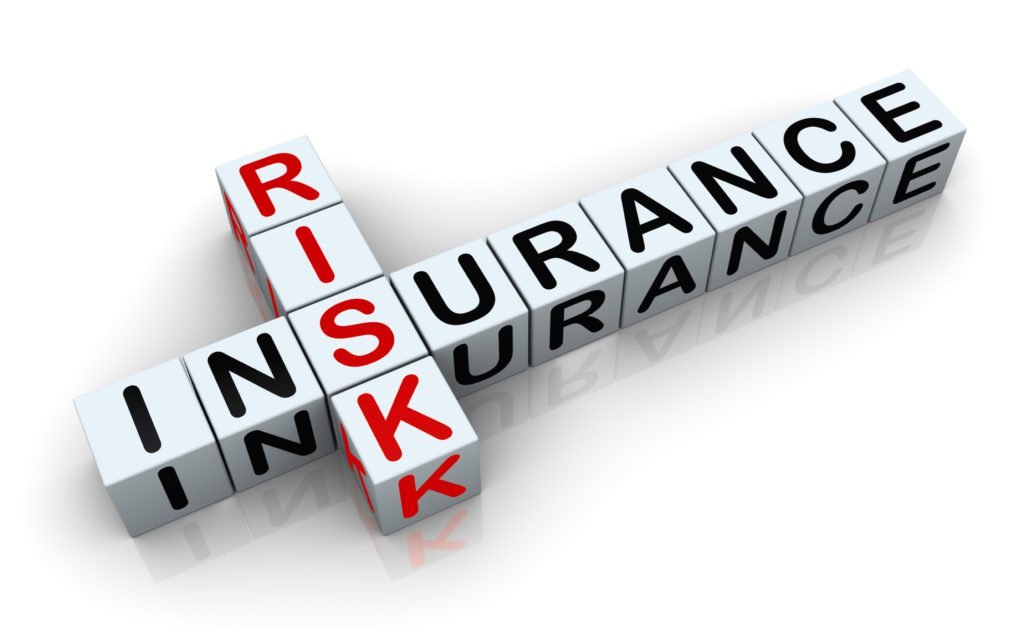Breaking down Credit Risk
Risk is naturally the part and parcel of doing any business. The higher the risk the higher are the returns, this is how we naturally see risk as an important element associate with business. So what exactly is credit risk? Well, credit risk can be simply understood as the risk of default in case a borrower is not able to return the borrowed amount of money during a specified timeline.
The important thing to note here is the timeline, so if a borrower is not able to pay back the money to the lending part during a specific period then they are considered as defaulters and the risk associated with the probable bad debt is known as credit risk. The time to repay the money varies depending upon the agreement between the borrowing and the lending party.
So why do the borrowers default? Well, the borrowers could default paying the money back due to various reasons, the most common ones include financial instability and irregular cash flow. Sometimes they might not be successful with their venture that they borrowed the money for. At times, they might not intentionally pay the money back because the contractual legal obligations are not strictly enforced.
So what are the consequences for the borrowers and lenders in case a credit risk situation arises? Well, the lenders usually face cash flow disruptions and the cost of collecting the money-back also increases, they can lose the principal and the interest amount due on the loan. In short, it has major financial repercussions when you see it from a macro perspective on an aggregate level.
For the borrowers, the consequences can be legal enforcements and interest pile up on the amount due. If the borrower has pledged collateral as security for the loan it can be sold up by the lending party to recover for the losses due to the amount loaned. Generally, the collateral is not sold to recover losses and the borrowing party is given some additional time to repay the amount due along with interest.
Assessing Credit Risk
Credit risk assessment is a tool that helps lenders to avoid unnecessary credit risk. It is a method to screen out the high-risk borrowers who might have a higher probability of default. So who is a high-risk borrower? Well, generally a high-risk borrower is the one who has a bad financial track record and also has irregular cash flow, in addition to this those who don’t have collateral for the loan are also considered as high risk in some cases.
However, the risk appetite of the lending party decides if the borrower is a high risk or a moderate one. The big question here is how does the credit risk assessment take place? So if you dig
Types of Credit Risk
Credit risks can be categorized into 3 major groups depending upon the nature and characteristics of the group. Let’s get into the specifics of each type to obtain a comprehensive understanding.
- Credit default risk
Credit default risk is the most common type of credit risks that the lenders face quite frequently. It is the risk of default by the borrower on his/her loan obligation. It happens when a borrower fails to repay the borrowed amount during a specific period as mentioned in the contract. It influences time-sensitive transactions such as loans, securities, derivatives, etc. - Concentration risk
Concentration risk can be simply understood as the risk involved with focusing on a particular industry or group. It is based on the principles of putting all your eggs in one basket. If a financial institution is focused on providing loans to a specific group of individuals then it might face a huge concentration risk when that particular group or industry is not performing well and the borrowers fail to meet the loan obligation. - Country risk/ Sovereign risk
The country risk or sovereign risk is the risk arising out due to the political and economic instability in a particular state or country, the defaulter could be state or any other body within the state. Sudden instability within the nation can cause huge sovereign risk, especially for foreign firms or entities.











